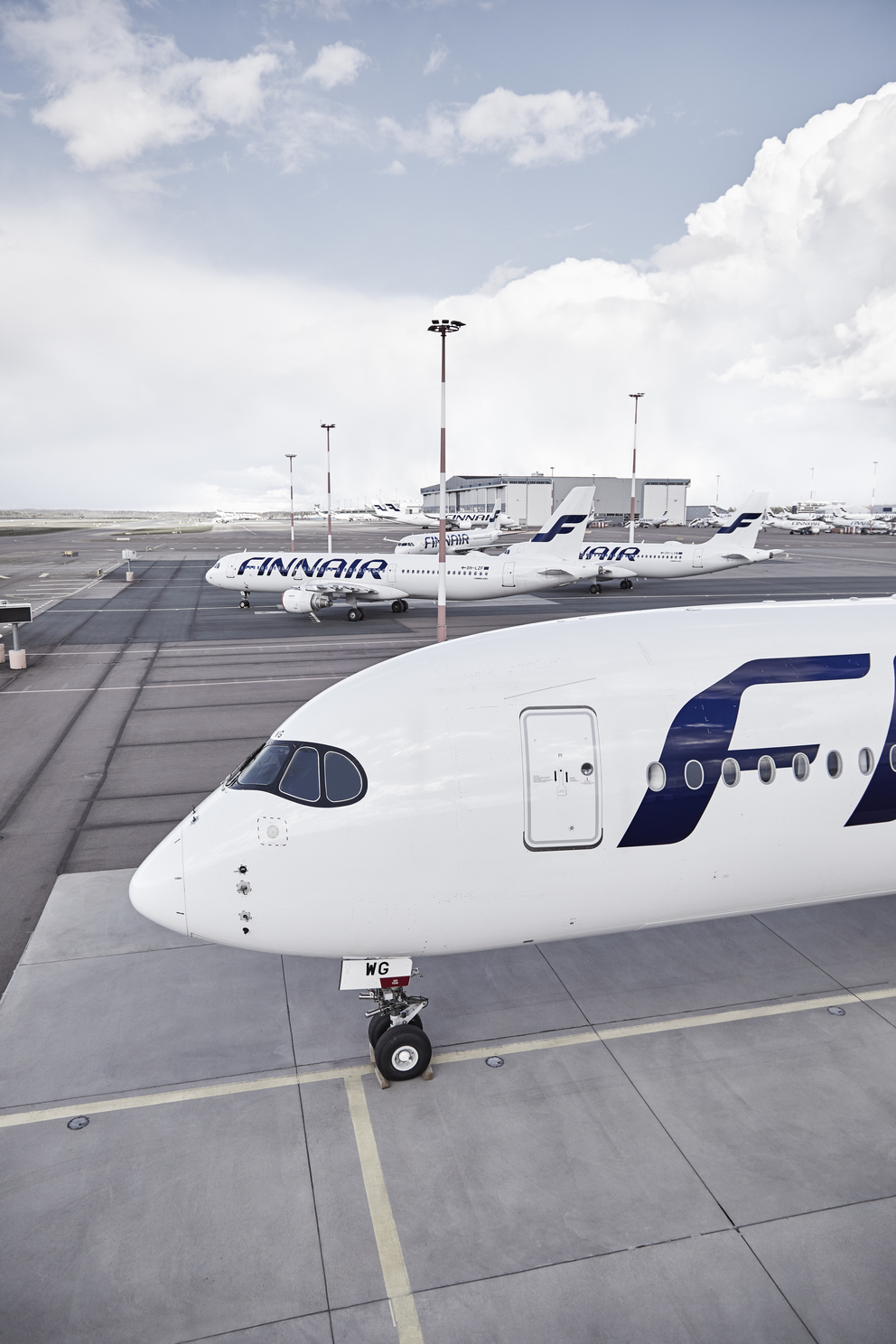
Cabin Pressure – How Airlines Must Modernise to Deal with the Unexpected
The aviation industry moves incredibly quickly, not only in terms of buying and selling, but also in how outside factors can affect how well the business runs. This means that things beyond the airline's control can suddenly and severely hurt their sales. Think of it this way: once a plane takes off, any unsold seats are lost and can't be saved for later. They're like perishable goods that can't be stored.
So if, like very recently in the UK, there was a significant reduction in the air traffic control capacity for a few hours, the effect on airline operations is catastrophic - and lives far longer than the length of the ATC disruption.
1 in 15 million is too often
In a statement from NATS, this was a “1 in 15 million chance”. All in all, this is a pretty facile response, considering the financial, reputational and customer damage that was done.
When you think about it, for an airline, 1 in 15 million is not a slim chance - given the fact that it’s a super high transaction velocity industry. For example, there are about 100,000 commercial flights per day globally, that's millions of passenger trips per day.
Who will pay for this disruption is still up in the air.
With no schadenfreude, I’ll mention that just a few days before this outage I wrote a piece regarding the viral characteristics of delays in aviation (you can read it here) - and how they grow and move from one location to another. Watching the outage unfold was just like seeing this viral property of delay and disruption in real-time.

How Exactly Can Data & AI Reduce Flight Delays?
Airlines lose revenue and see reputational damage through delays. But more can be done to manage data throughout the journey, and improve operations.
Delays in aviation can be measured in dollars, carbon and customer satisfaction, the math is easy, intervention is needed.
An eerily common problem
The core problem is that too many systems rely on infrastructure and systems that are no longer fit for purpose. The infrastructure and request ingestion pipelines in question - Flight Plan Reception Suite Automated FPRS - was designed in the 90’s and built in the early 2000’s. NATS has previously stated that it needed an injection of capital to upgrade its infrastructure, especially given that it suffered major financial harm from the pandemic.
In the US, January 2023 the FAA NOTAM system was halted for 2 hours, by a database corruption on a physical server, causing interruption to 32,000 flights. In 2022, the FAA had mentioned that its on-prem infrastructure needed upgrading to current levels (meaning Cloud).
In December 2022 and again in April 2023 Southwest Airlines had service outages due to IT issues. The December incident delayed 16,700 flights, at a cost of 1BUSD. While the April outage caused disruptions to 47% of their flights that day.
Capt. Michael Santoro, vice president of the Southwest Airlines Pilots Association and a pilot for the carrier for more than 13 years, told CBS News the infrastructure can't process crew reassignments after about 300 changes.
"The storm was the catalyst that started this whole event, but the major problem is that our scheduling IT infrastructure is outdated and can't handle the massive cancellations that had to happen that day when the weather event occurred," he said. "You get this snowball effect where it can't keep track of where pilots are, flight attendants are and airplanes are."
These incidents and statements sound eerily similar. As the aviation market has almost returned to pre-pandemic levels and looks to grow with a CAGR of 2.95% to $386B by 2028, the growing demands of the industry mean that service outages must be minimised.
Modernise to deal with the pressure
Airlines must modernise to deal with this growing cabin pressure. So how do you make the necessary migrations to cloud and modernisations in cloud, whilst balancing the constant pressures of the industry?
It’s like trying to upgrade from a propeller engine to a jet engine while in flight, in one move. Sound impossible? Ambitious?
OK, not impossible. Definitely not too ambitious, but for sure extraordinarily difficult and impractical. But from an IT perspective this is precisely what we do for the airline industry.
Our methods and tools allow us to maintain full service delivery, all while the legacy workloads are migrated to the cloud and modernized to be built on resilient, scalable and cost effective cloud native technologies.
We have a couple of examples where we’ve done this:

Finnair
We helped Finnair move 400 VMs and 70 applications to the cloud in 7 months.
- Balanced lift and shift versus rearchitecting/replatforming to deliver the “in-flight” speed and capabilities Finnair needed
- Integrating managed services into the migration process to give Finnair more agility, greater TCO savings and faster value
- Also rearchitected and replatformed 20 applications to eliminate technical debt and give access to native cloud services to bolster competitive position

Global Airline
We also supported a global airline on their cloud journey by doubling their migration speed.
We were brought in to accelerate migrations with an agile, cloud-native approach.
- There wasn’t a development environment in place, but the Nordcloud team suggested that this wasn’t needed. It wasn’t an efficient way of working.
- Instead, we migrated the QA environment, completed the baseline template, and replicated this into development. It helped us move faster.
- The result is essentially a development environment created that’s comparable to a QA or test environment. So, the test environment is already migrated, and the learnings enabled us to deliver the production migration risk-free.
My colleagues and I have worked on over 1,000 public cloud implementations. In my own 25-year career, I’ve seen lots of messy, cobbled-together legacy infrastructure. And no problem has been insurmountable. Yes, some challenges have been harder to address than others – but they have all been solvable. For most aviation companies, the solution will be a cloud-first approach, and we're here to help our with that. Fill in the form below to get in touch, we'd love to help you get started.
Get in Touch.
Let’s discuss how we can help with your cloud journey. Our experts are standing by to talk about your migration, modernisation, development and skills challenges.




